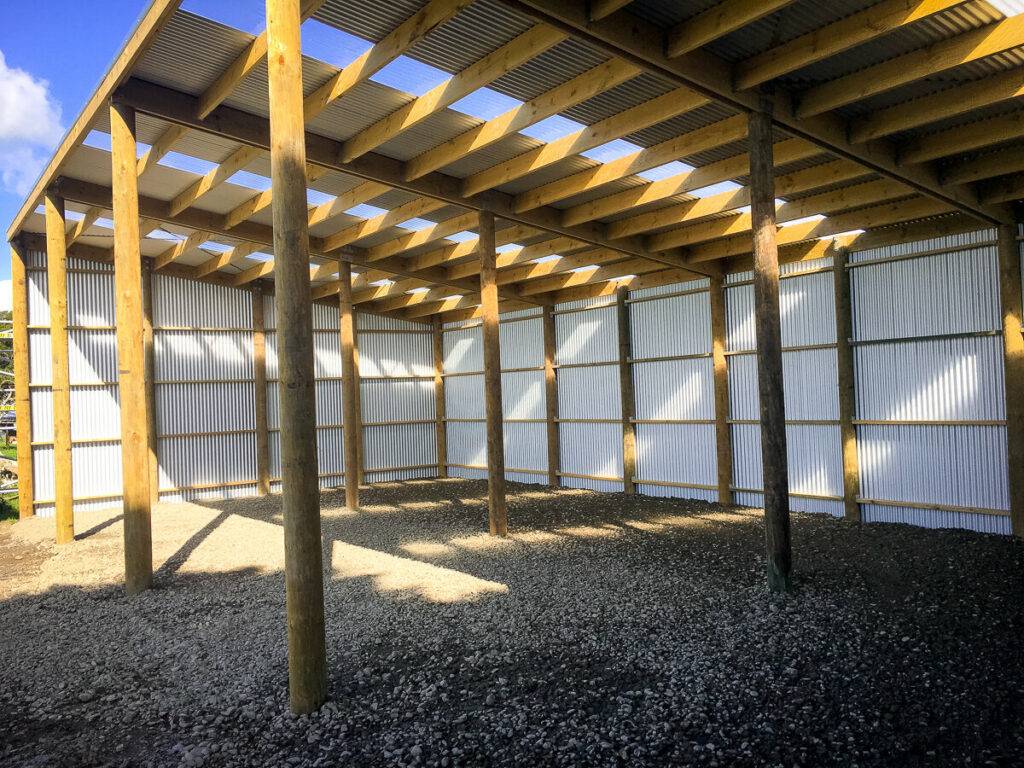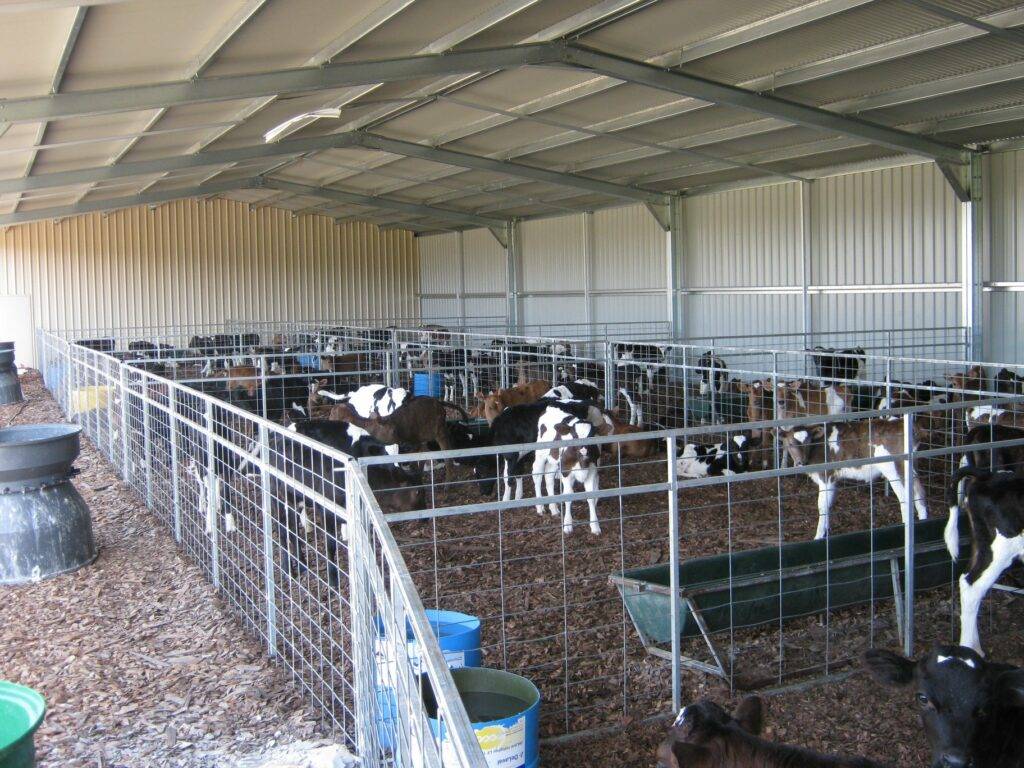Calf Housing
Clean and comfortable calf sheds help create a nurturing environment for calves and reduce the risk of disease and encourage high growth rates.
Having an appropriate set up and rearing system will help create a comfortable environment for calves that also helps maximise energy intakes and growth.
Here are a few key things to consider when planning your calf shed set up and rearing systems.
What is the Best Calf Shed Design
It is important to ensure that there is enough ventilation so that there is a regular circulation of clean air through the sheds. This circulation reduces the risk of respiratory diseases.
Although ventilation is key, its important that calves are not exposed to draughts. Get down on the calf level – try at different times of the day and under different weather conditions.
Ensure that calves remain warm and dry – if you can feel draughts at their level, this will reduce growth rates as more energy is used to keep warm and less is available for growth.
Within the pen, ensure that calves have enough space.
General recommendations are for around 1.5 – 2.5m2 per calf – the more you can give the better. This space will allow the calves to move around freely, explore, and play, as well as providing enough space for the whole group of calves to avoid any poor weather that may come in through the open side of the shed.
Outdoor Shelter for Calves
Housing for calves is more than just calf pens and it is important to think about once calves are out in the paddock. As we predominantly calve during spring, outdoor conditions are not always optimal when we get calves outside.
Optimal calf temperature sits between 15-25°C, so the likelihood of dropping below these temperatures over spring is quite high.
Once calves are in cold or wet weather, the level of energy required for maintenance and warmth increases, reducing the amount of energy available for growth. Providing shelter for the calves will help minimise the amount of time that the calves are exposed to cold or wet conditions, making it more comfortable for them and helping to increase their ability to grow.
Although outdoor shelters are ideal and provide a high level of comfort, there are some simple, yet effective things that you can do to help reduce exposure of your calves. These include using paddocks with trees or hedges or running some tin/canvas along a fence line to prevent a prevailing wind.

Pole Sheds have always been a popular option for Calves. May Farmers will go for the Kitset Pole Sheds. This allows you to use a Local Builder. Pole Sheds also allow airflow and lots of daylight.

Steel Farm Sheds have always been a popular option for Calves. May Farmers will go for the Steel Farm Sheds This allows you to use a Local Builder. Steel Farm Sheds also allow airflow and lots of daylight.